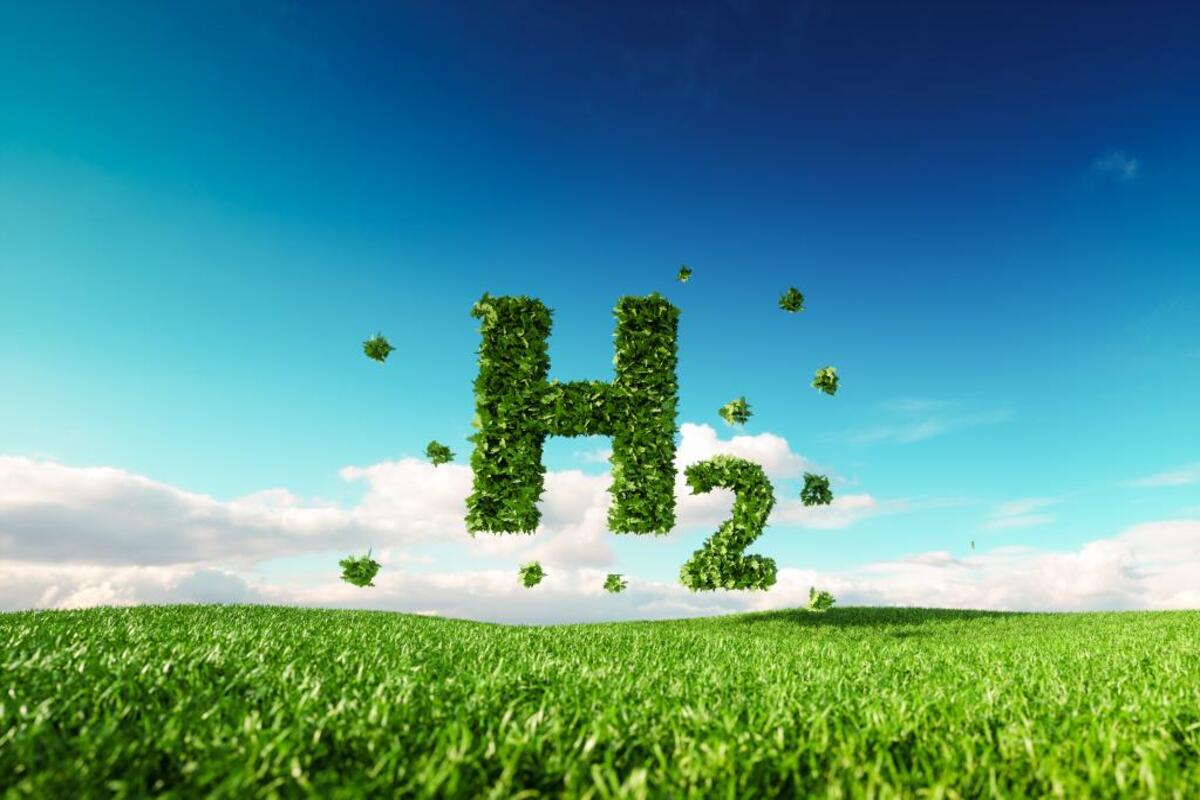A Centre of Excellence (COE) is based on the collaboration of three major pillars of the Hydrogen ecosystem, that is research institutes, industries and regulatory authorities and should focus on Green Hydrogen Technologies.
Currently there are no formal degree courses in renewable energy, Green hydrogen technologies and hydrogen applications. It is expected that India will need more than 100,000 qualified and trained renewable energy/Green Hydrogen engineers to achieve ambitious targets.
To achieve this, India needs to develop human capital by formation of Centres of Excellence in every state. The opportunity of renewable energy and Hydrogen technology will be relevant to location and requirements.
India needs to build Centers of Excellence (COEs) attached to universities to focus on: Decentralisation of renewable energy production· Hydrogen production technologies with respect to scale of production. Hydrogen storage systems. Hydrogen transport and applications. Hydrogen Safety in production, storage, transportation and dispensing.
Several countries have initiated clear, long-term investment signals in green hydrogen, and address these challenges strategically. Norway’s strategy was unveiled in June 2020. It seeks to expand the use of hydrogen as an energy carrier in the maritime sector, but it also funds innovation for subsea storage of hydrogen from offshore wind under the Deep Purple project.
South Korea, Australia, Netherlands, Japan, Germany, the European Union, France, Spain, and Canada announced the Hydrogen Economy Roadmap, which outlines a goal of producing fuel cell electric vehicles, rolling out refilling stations and supply of fuel cells for power generation. The use of hydrogen and hydrogen-based systems must be safe. Safe use is critical if potential users are to adopt new technology and new solutions, and if hydrogen and hydrogen-based solutions are to become viable alternatives for users.
The suggested verticals for Centres of Excellence are: Advanced laboratory for research. Training in process safety and extensive use of Virtual Reality and Augmented Virtual Reality. Risk Assessment. Advanced Research in development of models based upon field data and forensic audit post-accident. Forensic audits pre and post accidents. Research in process safety and risk assessment for M.Tech & Ph. D. Students. Development of Hydrogen production, storage, transportation, dispensing Codes and Standards.
The objectives of a Centre of Excellence should be: Develop Bachelors, Masters and Ph.D. programmes relevant to Green Hydrogen production, storage, transportation and dispensing. R&D on materials and equipment used by the industry in the Hydrogen energy value chain at progressive educational institutes with support from the Norwegian Hydrogen Cluster.
Advise on alternative choices of technology being adopted and bringing out techno- commercial feasibility of such choices based upon best practice.s Advise on regulatory and policy matters related to Hydrogen energy industry in India and providing support to the industry.
Develop a data base for pilot and demo projects to assist industry in simulating Hydrogen energy potential and solutions at various potential locations.
Assisting in commercialisation of Hydrogen technologies or applications of relevance to India and to set targets for new JVs and projects in key industries. Assist in developing policy and technological solutions to India’s transition from fossil to non-fossil fuel and zero-emission society; focus upon key areas related to safety, storage, transportation, and end-user application.
To contribute towards awareness and increased knowledge of Hydrogen issues at State, National and International Levels.
Explore the potential of clean hydrogen to help the process of decarbonizing the Indian economy in a cost-effective way, in line with the 2050 climate-neutrality goal. Assist in the Decarbonizing of the energy sector. Provide consulting services to industry, utilities, and regulators on choice of technology, economics, and policy.
Disasters leading to Hydrogen leaks, fire and explosion are due to technology changes, equipment wear and tear and other factors. We have seen several times that industries and response agencies (security, medical and government authorities) are not prepared to respond to such disasters. Globally there has been a lot of R&D and capability of information technology is used to develop real time disaster response modules.
Virtual Reality training to give a feel of actual reality to response personnel. The visualization for toxic leaks, fires and explosion can be displayed in the heads-up display read from the 3D model data. The objective of VR training is to handle hazards related to gas dispersion, liquid release (pools), fire and gas explosions in industrial environments. This helps in enhancement of risk awareness through education/training as a supplement to traditional book-based education. The users of VR will experience the possible consequences of leaks in an industrial plant and can take actions as per the plan.
Virtual Reality (VR) training modules help in building awareness and adequate response. It has been observed in India that most accidents are never imagined and accordingly responses are not planned. The global trend is to use VR training frequently to build awareness and planned response. This helps in saving precious lives, environmental damage, and property. A Centre of Excellence (COE) will provide training to research students and industries, as well as disaster response agencies such as police/medical staff, etc.
India can become a global Green Hydrogen/Chemicals hub and can tap the advantages of high load factors from massive projects that have helped deliver some of the world’s cheapest green power. It is claimed that renewable hydrogen costs could fall by 50 per cent by 2030 and by then compete with fossil fuels in some applications. This will need a combination of existing technology developed to suit Indian conditions, innovations, safety, codes, and standards It will need an ecosystem which can be achieved by Centres of Excellence of each state.











